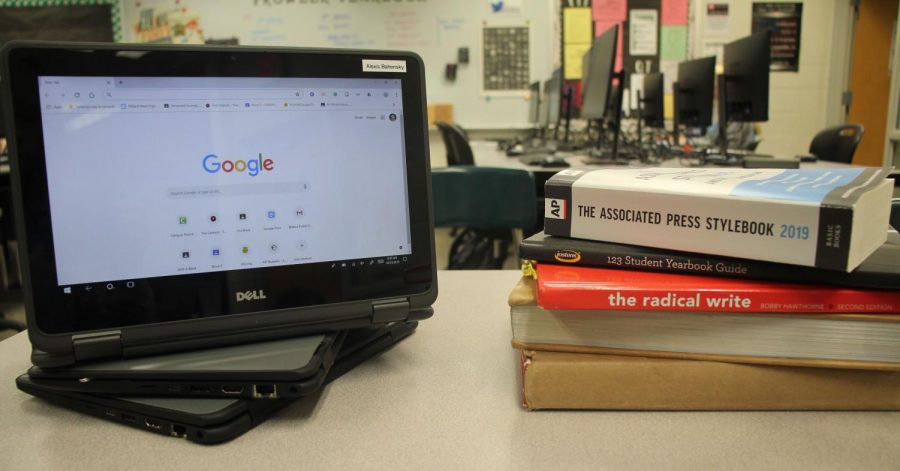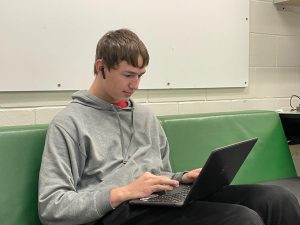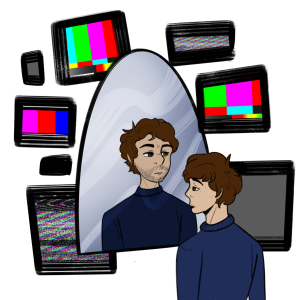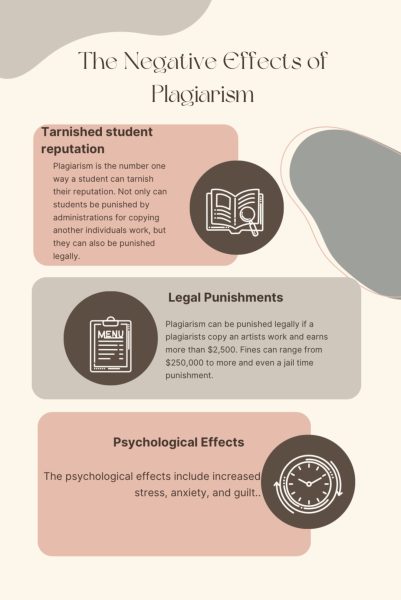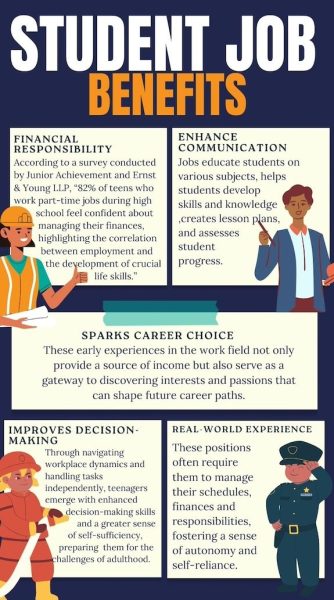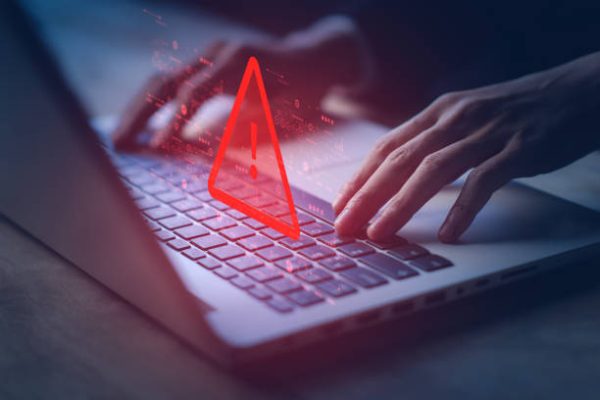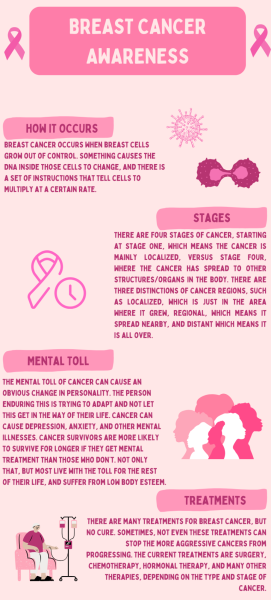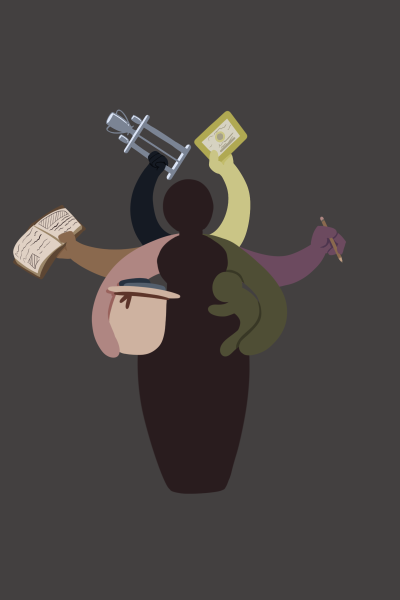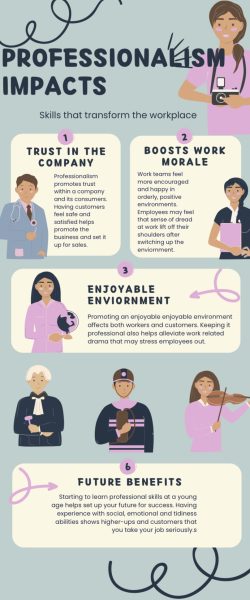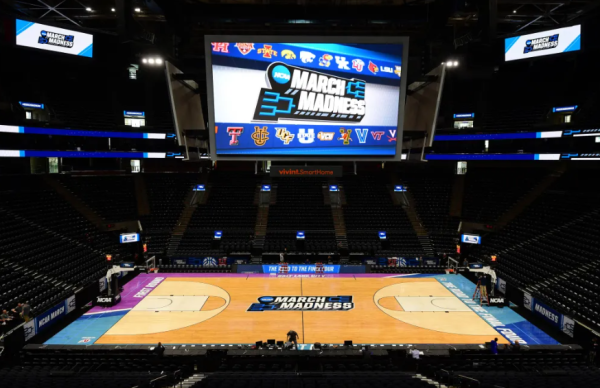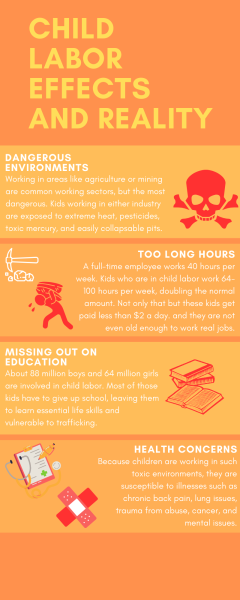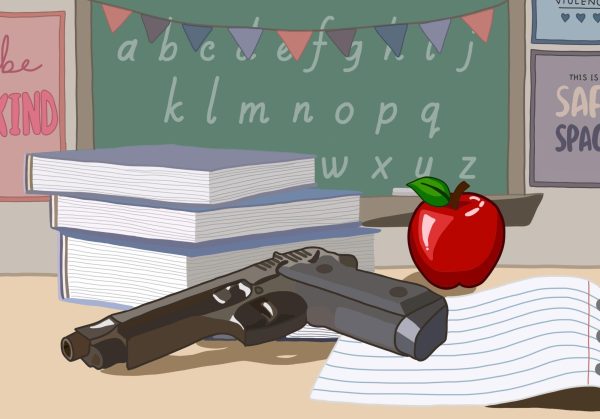Tablets vs Textbooks
Tablets may be a risk to students and their education
Tablets are starting to play a large role in the education of students by getting rid of the use of textbooks. Though tablets can be beneficial, shoving textbooks aside to be left on a dusty shelf will only hurt students.
October 11, 2019
According to Education Superhighway, about 98% of public schools around the United States have adopted the use of tablets and other sources of technology into their curriculum. But is the use of tablets really as great as it seems?
Though tablets have many beneficial factors such as more storage area, they come with many health hazards as well. According to Mental Floss, tablets can cause a wide variety of health hazards like poor posture, wrist pain, headaches and eye strain. Eye strain can be linked to poor sleep patterns in students, which then can cause not only mental but also physical fatigue. These fatigues and lack of sleep can cause students to do poorly in school. Textbooks, on the other hand, won’t cause eye strain and according to Real Simple, people who read paper copies could be 2.5 percent less likely to develop Alzheimer’s disease. These print books can also help students get better sleep because they lack blue light that electronics have. This light can mess with melatonin levels as well as circadian cycles, which are physical, mental and behavioral changes that keep within a daily cycle that respond to the amount of light in one’s environment. Blue light can send messages to people’s brains telling them that it’s daytime which can cause problems with falling asleep.
Not only is health affected by the use of tablets, but how students use their technology and their access to the internet can also affect their school work.
Most assignments are online and can make it easier for the teacher and students, but this also comes with a cost. Tablets, and other technological devices, can make it easier for students to come up with excuses for not getting their homework done, such as they lost internet connection at home. However, this might actually be the case for some students. According to The Edvocate, up to 70 percent of teachers assign their homework digitally or assign research that requires digital usage, such as the use of online textbooks. About 65% of students use the Internet to get their homework done, but that leaves 35% who are unable to use the Internet because they lack access to it. Textbooks and paper assignments don’t crash, freeze or lose connection, and can be used without electronics. In return, this allows those students who don’t have access to the Internet at home to complete their assignments and get them turned in on time.
Internet access can be a problem for some students, however, the use of tablets also comes with financial issues for both schools and students.
The average price of one tablet, most schools use ranges from $200 to over $300. According to The Journal, only one-third of the United States schools use school-issued electronic devices. This leaves two thirds without access to handheld electronic devices, and this can be connected to the lack of funding in schools. While the United States spends over 700 billion dollars on education, that money isn’t distributed evenly throughout every school. This can cause an imbalance that enables some schools to fund electronic devices for their students, while others don’t have that luxury.
Tablets may be useful in a number of ways, but they also come with a lot of negative consequences such as health issues, lack of internet access for some students, and cost. Schools shouldn’t get rid of tablets as a whole, they should just limit their use and provide students with more textbooks because they’re less likely to freeze or lose connection, and they can provide students with a better understanding of the material.

